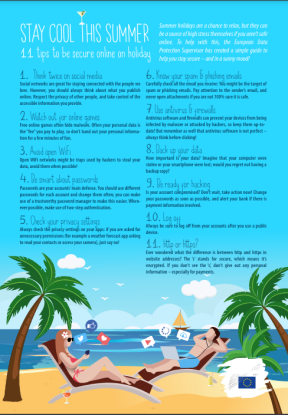There has been much talk of measles in the news. Here is the latest information from the US Department of Centers for Disease Control and Prevention (https://www.cdc.gov/measles/data-research/index.html.) They will be updating this page every Friday.
The virus spreads through respiratory droplets from an infected person coughing, sneezing, or talking. It can also be transmitted through contact with contaminated surfaces or objects. Measles is not a seasonal virus. However, measles is often spread over times of high travel (like spring break) or in situations where unvaccinated persons are in close quarters (like summer camp).
- Early Stage: 4-7 days: fever, cough, runny nose, sore throat, red eyes (conjunctivitis), and Koplik's spots (small white spots inside the mouth)
- Rash Stags: (3-7 days): A red, blotchy rash that starts on the face and spreads to the rest of the body
- Other Symptoms: Diarrhea, vomiting, headache, muscle ache
Treatment:
There is no specific treatment for measles. The infection typically resolves on its own within 7-10 days. Treatment focuses on managing symptoms, such as rest, fluids, fever reducers, and cough suppressants
Prevention:
The best way to prevent measles is through vaccination. The measles vaccine (MMR) is highly effective and provides long-lasting immunity. It is recommended for children and adults who have not been previously vaccinated.
Why is there more measles activity now?
Measles was declared eliminated in the United States in 2000. This was due to a very high percentage of people receiving the safe and effective measles, mumps, and rubella (MMR) vaccine. In recent years, however
- U.S. MMR coverage among kindergarteners is now below the 95% coverage target—much lower in some communities—and is decreasing.
- Global measles activity is increasing, meaning more chances of an unvaccinated person infected with measles abroad returning to the United States.










